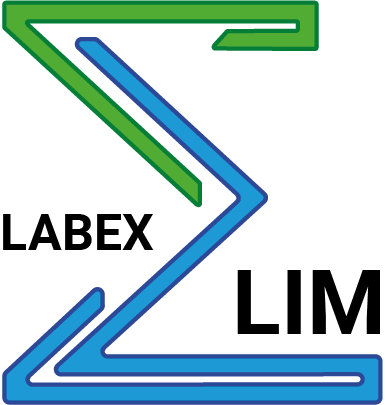Broadband luminescence of Ni2+-doped Zn(GaxAl1−x)2O4-based glass–ceramics
Résumé
Ni2+‐doped glass–ceramics containing Zn(GaxAlx−1)2O4 crystals were successfully synthetized using both parent glass crystallization (Technique 1) and a direct doping method also called “frozen sorbet” (Technique 2) to get a ZnGa2O4 crystal/glass composite. The frozen sorbet technique allows the survival of ∼10 nm crystalline particles. Both materials are further crystallized near their respective temperature of crystallization to get glass–ceramics with the stabilization of Zn(GaxAlx−1)2O4 crystals. Although these two materials exhibit the same glass transition temperature, a shift in the crystallization temperature is observed. The glass–ceramics are transparent in the near infrared range, and the Ni2+ doping provides a broadband emission centered around 1300 nm with a full width at half‐maximum (FWHM) equal to 228 nm. The structure, microstructure, and thermal and optical properties of these materials are discussed in the present study.





